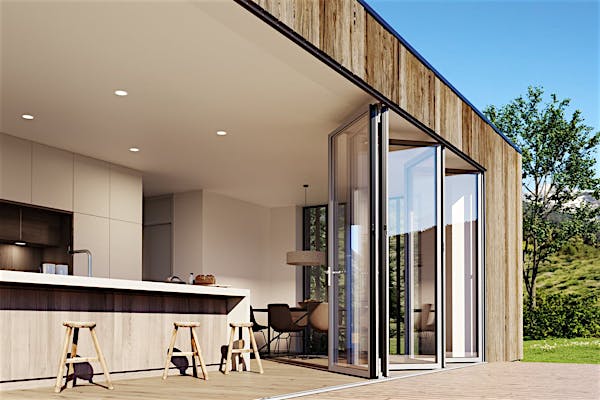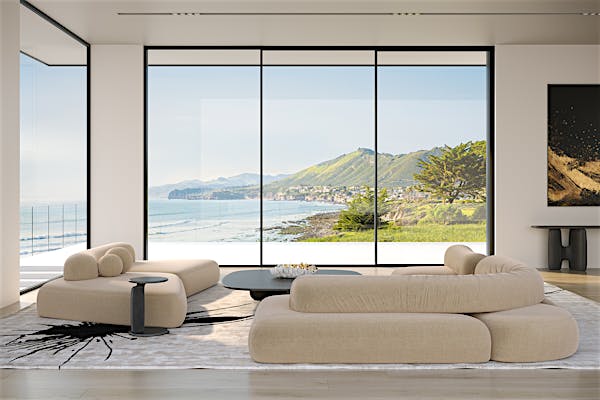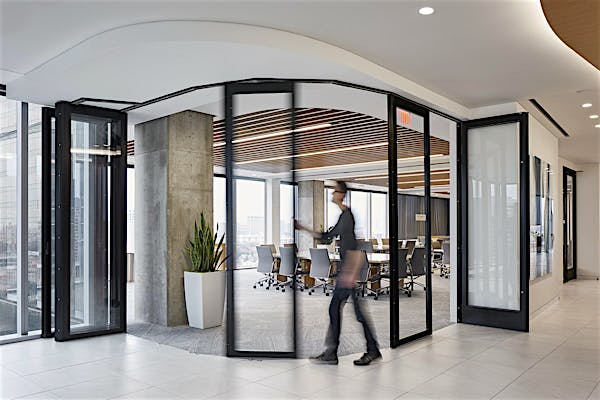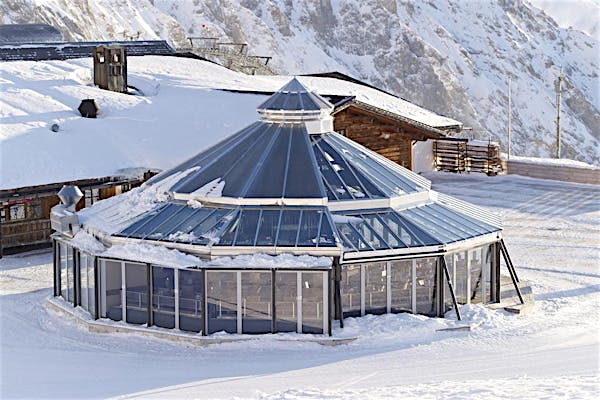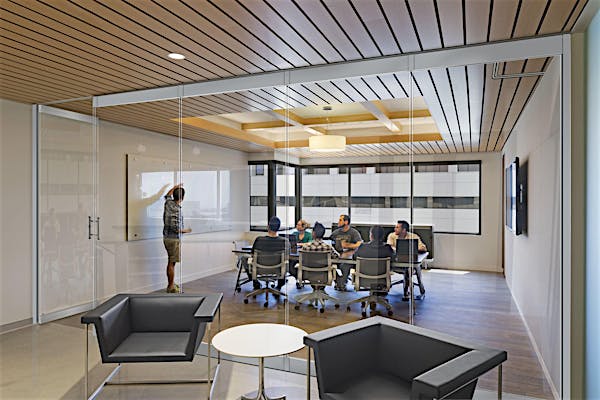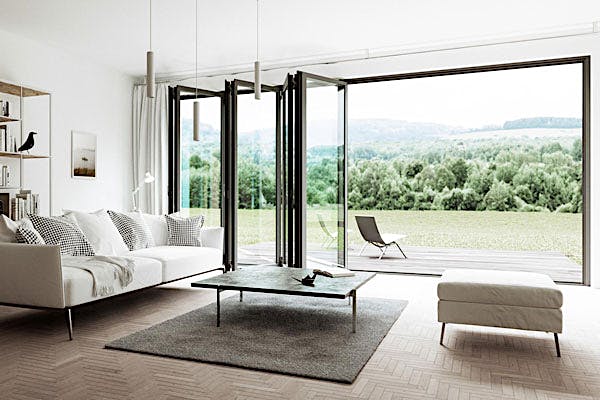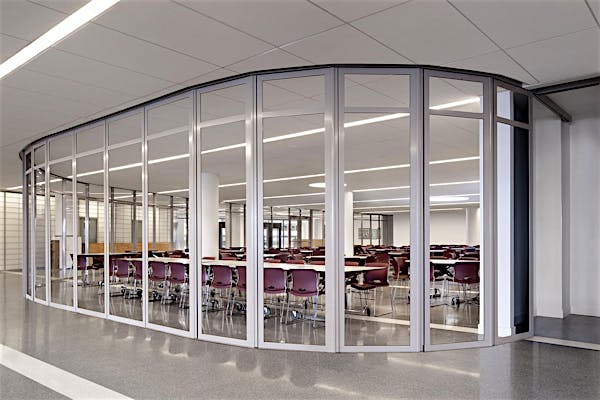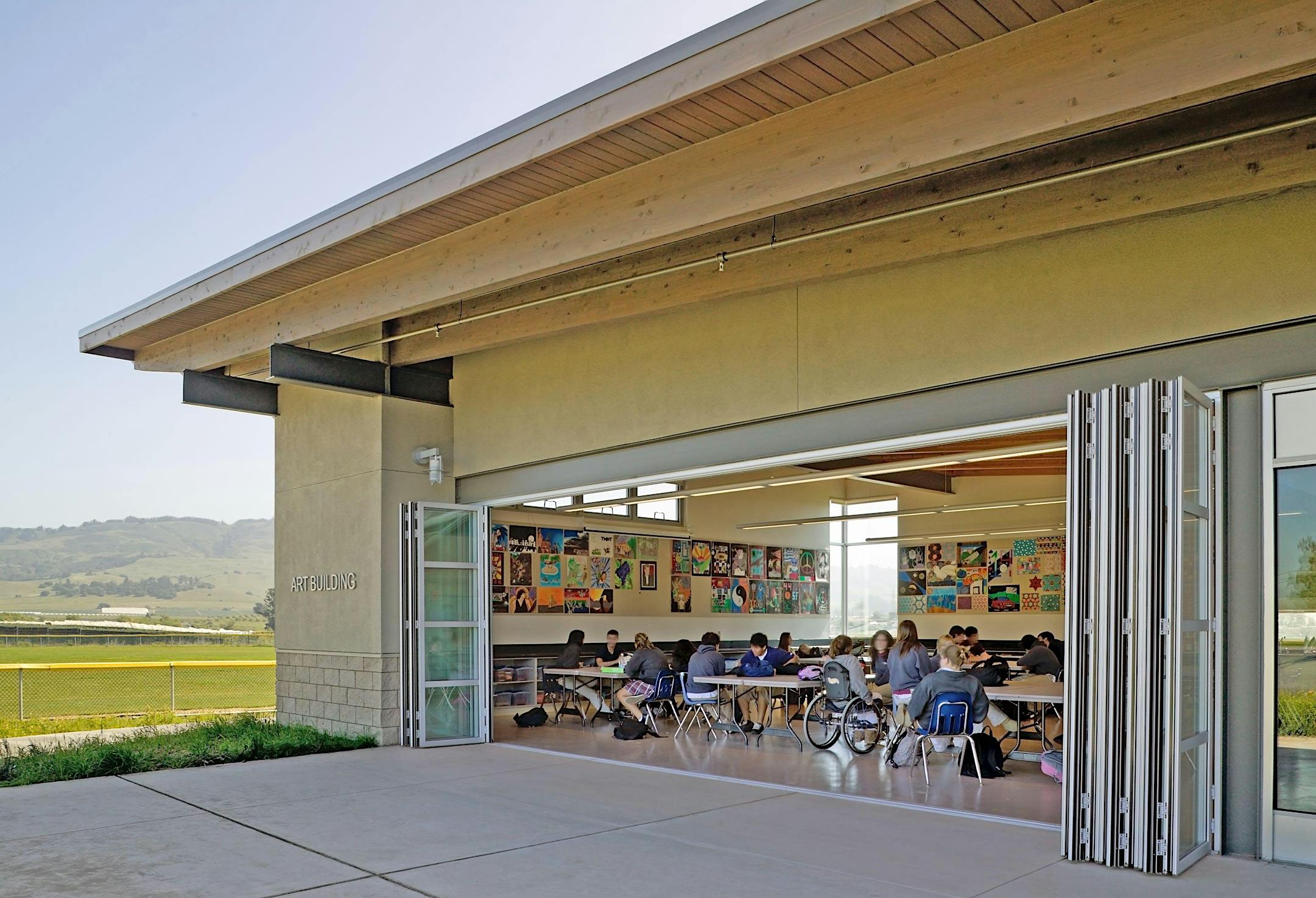
Figure 1: A NanaWall opening glass wall turns a classroom into an “outdoor” classroom by bringing the outside in.
Think back to when you were a student; was school stressful? At this moment you might say “no” because you’ve been exposed to the stress of adult life. However, it’s probable that as a kid school was stressful. Whether you knew it or not, the stress you experienced at school impacted your ability to learn. Schools are tackling stress’ impact on learning by bringing wellness in education.
When thinking of wellness in education, most think of school wellness program ideas like physical education, healthy eating, or weaving wellness education topics into the curriculum. Those can help instill healthy habits, but a school’s building design is the foundation for the wellness it offers. NextGen Schools emphasize wellness through building design and, in result, provide a better learning experience.
Designing Wellness in Education Buildings
By weaving wellness principles into the building design a school can create an environment that students thrive in. There are a few solutions to prevent student stress through school design.
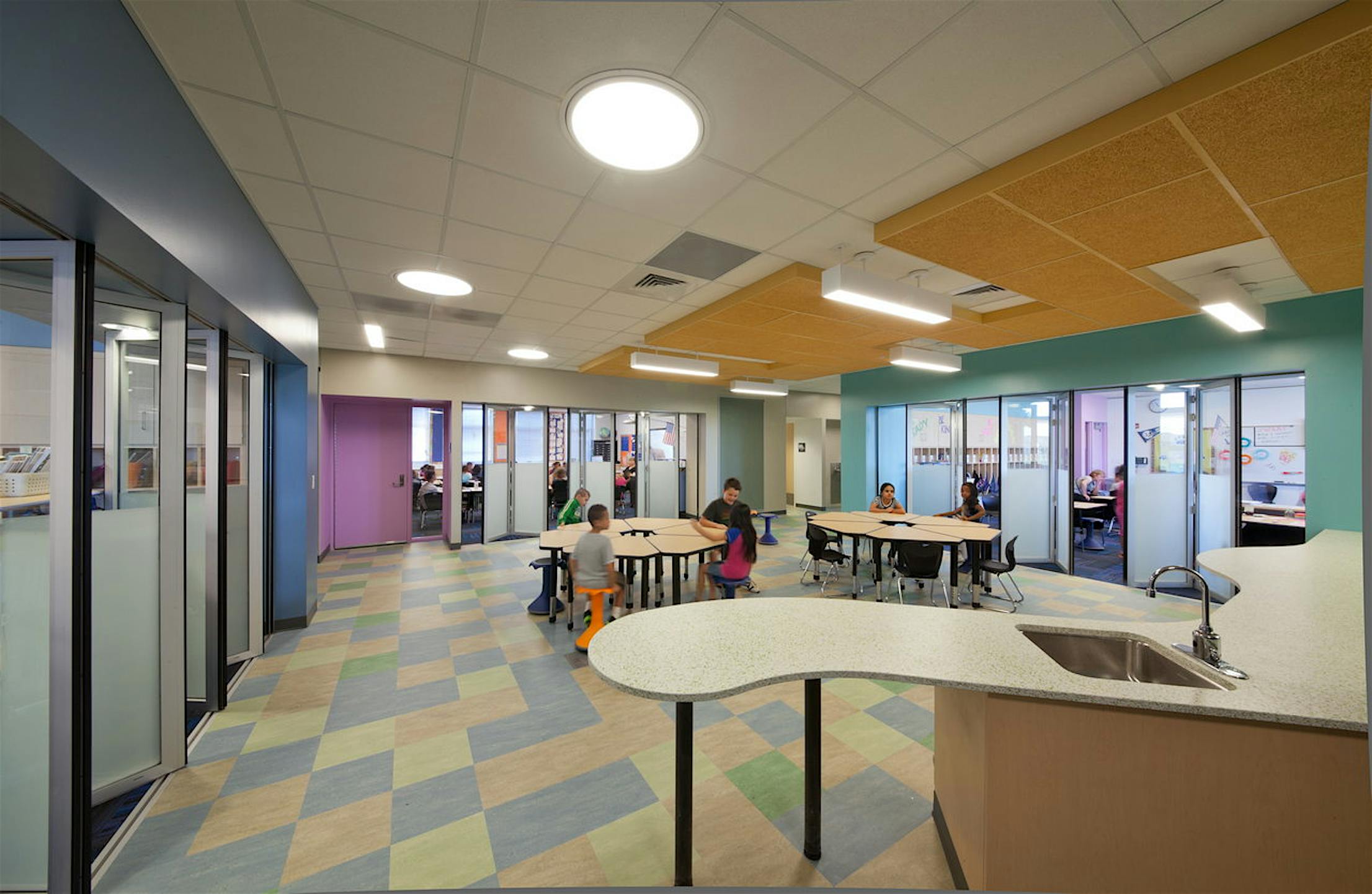
Figure 2: Three separate classrooms with NanaWall systems open up to a shared learning space.
Flexible Classrooms
A school is only as good as its teachers. Similar to any employee, teachers can get stressed and overwhelmed by work. It’s an objectively difficult job with large amounts of pressure. However, if teachers are stressed it affects their ability to teach. Who does the teacher’s struggles impact? The students and their learning experience.
Teachers need help and support. Some have assistants, however, a simple design change can solve this problem. Flexible classrooms encourage teamwork among the teaching staff. By giving every classroom the ability to open up to a communal learning space, teachers can make a smooth transition to manage students as a team. With an opening divider, like a NanaWall interior system, teachers have the option to close the classroom wall once it’s time to return to individual curriculums.

Figure 3: NanaWall systems have strong STC ratings, particularly the NW Acoustical 645 system.
Sound Control – in Classroom and Cafeteria
When students are struggling with concentration, they experience stress. The lack of focus causes them to underperform, and underperformance results in stress. Noise from outside the classroom can be problematic for advancing wellness in education settings. The solution is a sound resistant barrier with high STC ratings, like the NW Acoustical 645.
While it’s no secret that noise can cause stress in performance settings like the classroom, areas that encourage social interactions can be just as stress-inducing for some students. When students are impacted by the anxiety of social interactions, the stress can carry over into the classroom.
Cafeterias are the hub of social interactions for students. To dampen the effects of stress from social anxiety, a cafeteria can be designed to allow all children to interact. Cafeterias grow loud with many students talking at once and that can intimidate some children. By creating a wide opening to the outdoors, noise is controlled. Reducing noise in a social hub makes it so all students can talk and interact.
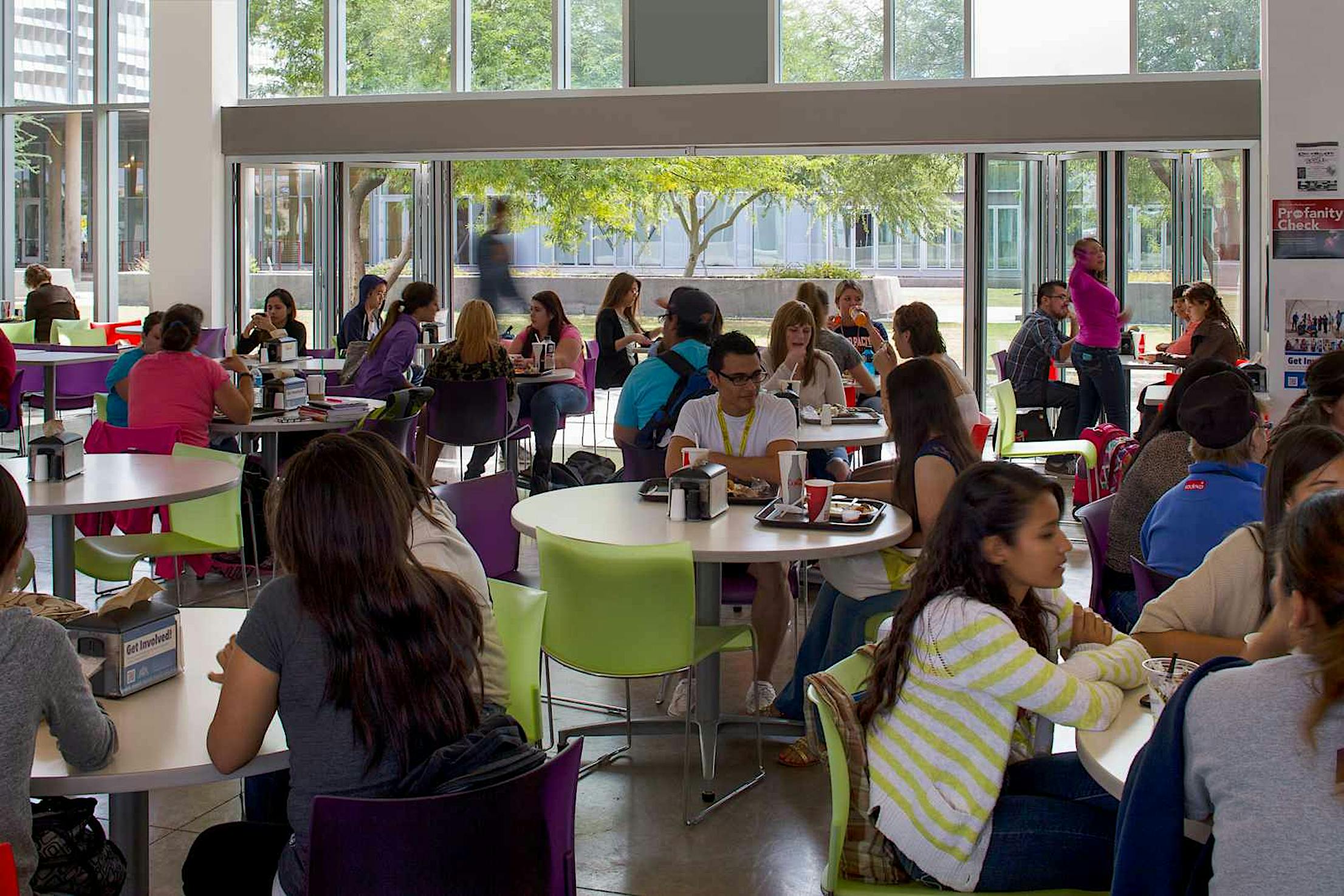
Figure 4: An open NanaWall system can bring the outdoors into the cafeteria and help diffuse noise.
Biophilic Design
The positive impacts of biophilic school design on students are well established. Studies of daylighting, as a reference in The Economics of Biophilia report, shows that children learn 20-26% faster in natural daylight. A separate study shows that students with green views outside have a 13% increased capacity to pay attention. Both daylighting and views of nature are biophilic design principles that bring wellness in education.
Biophilic design may impact a school’s ability to secure funding because many public schools receive funding based on attendance levels. The Economics of Biophilia report shows that attendance at daylit schools increases 3.2-3.8 days per year. By increasing attendance rates, a school can increase its financial support.
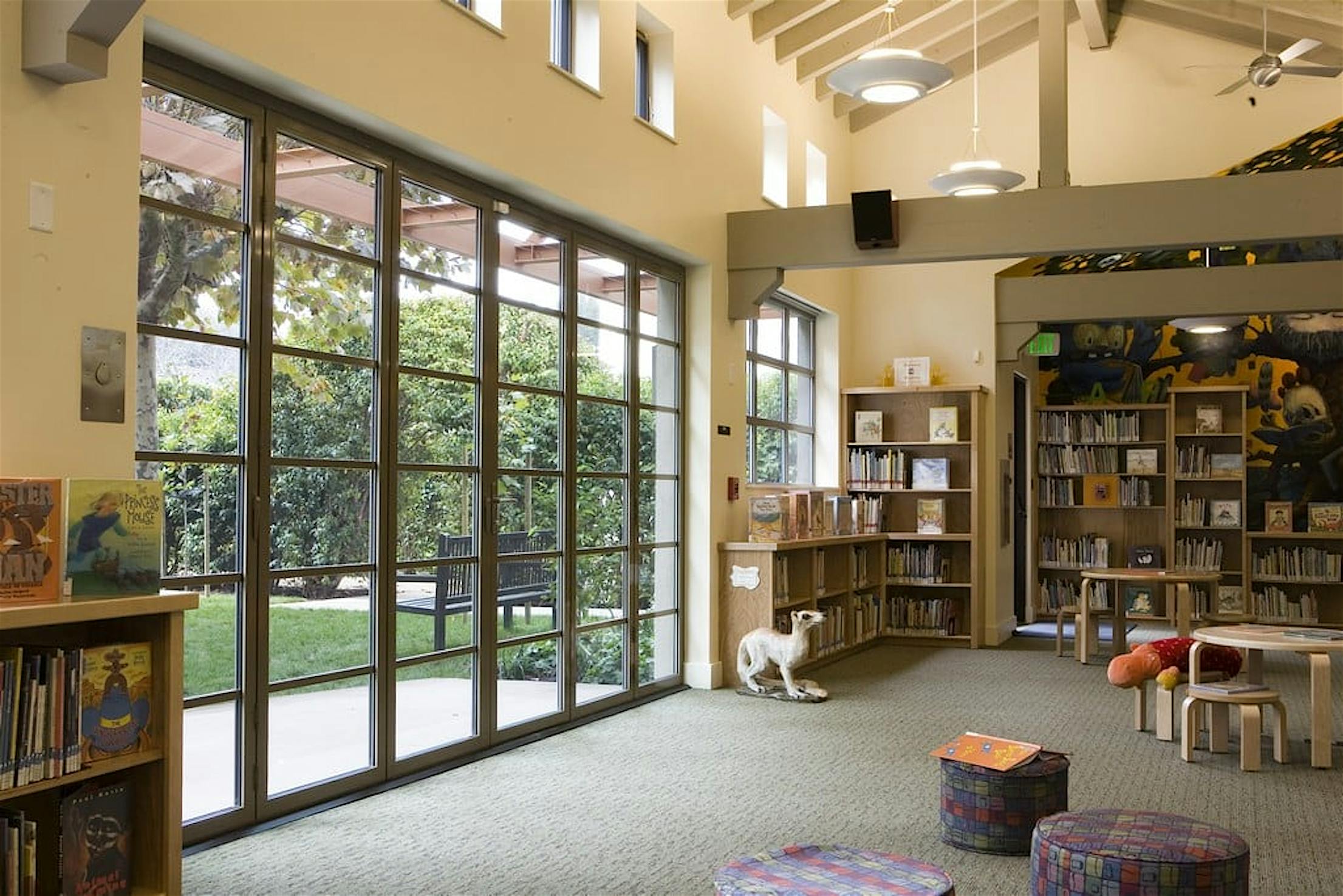
Figure 5: This school’s library has sunlight and green views to bring the benefits of biophilic design to students.
Healthy Design
Wellness and health are similar concepts but, in regards to building design, healthy places emphasize indoor air quality. The quality of air in a school can affect attendance levels because poor indoor air quality causes sickness, such as Sick Building Syndrome. Aside from attendance, a school should be concerned with the long-term health of students. Consistently breathing poor quality air can lead to more severe health problems in a student’s future.
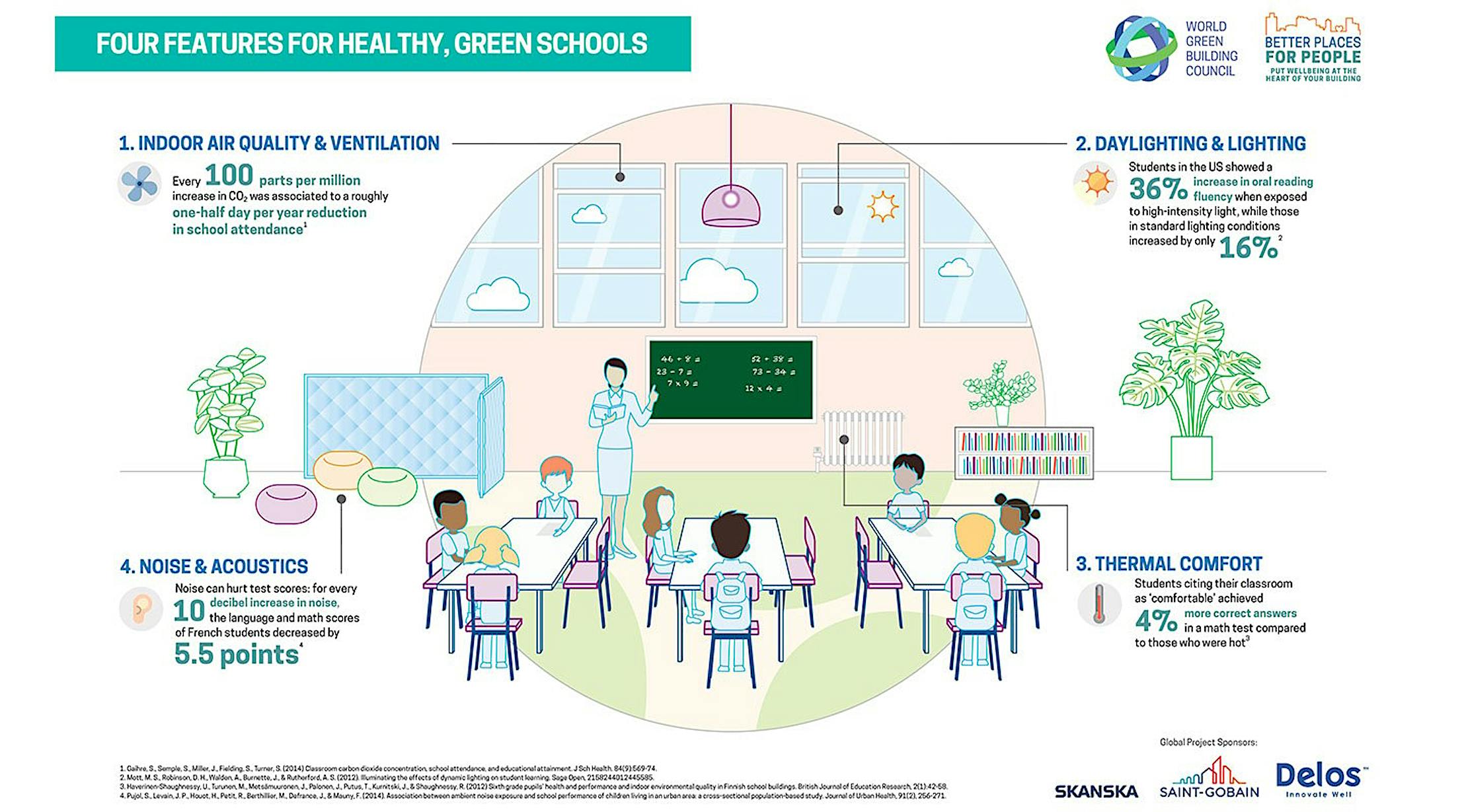
Figure 6: An infographic from the World Green Building Council (WGBC) on how to build healthier and greener offices.
All concepts drawback to a student’s comfort, which is essential in the learning setting. Temperature is an element that can cause discomfort and distraction. So when the temperature is well-controlled, students can focus which impacts test scores. A study cited by the World Green Building Council (WGBC), shows students that consider their classroom as “comfortable” achieved 4% more correct answers in a math test.
Schools can find a comfortable temperature, without running up the energy bill, by operating out of a building designed with a high level of energy efficiency. A guiding principle of energy-efficient design includes a solidified building envelope, which NanaWall systems can be a part of while simultaneously contributing to the other discussed principles of wellness in education buildings.
Final Thoughts
Students spend nearly all day at school. Similar to employees in an office, students will perform best when they’re comfortable and not experiencing stress. The school’s building design can play a large role in preventing and mitigating stress.
A step towards bringing wellness in education buildings is installing a NanaWall opening glass wall system. It helps provide flexible classrooms, preserve acoustical quality, welcome outdoor air, usher in sunlight, and create views – all of which are principles that reduce student stress and improve performance.
Explore the commercial application of NanaWall systems in educational settings to better understand its ability to bring wellness in education or connect immediately with a NanaWall expert.
